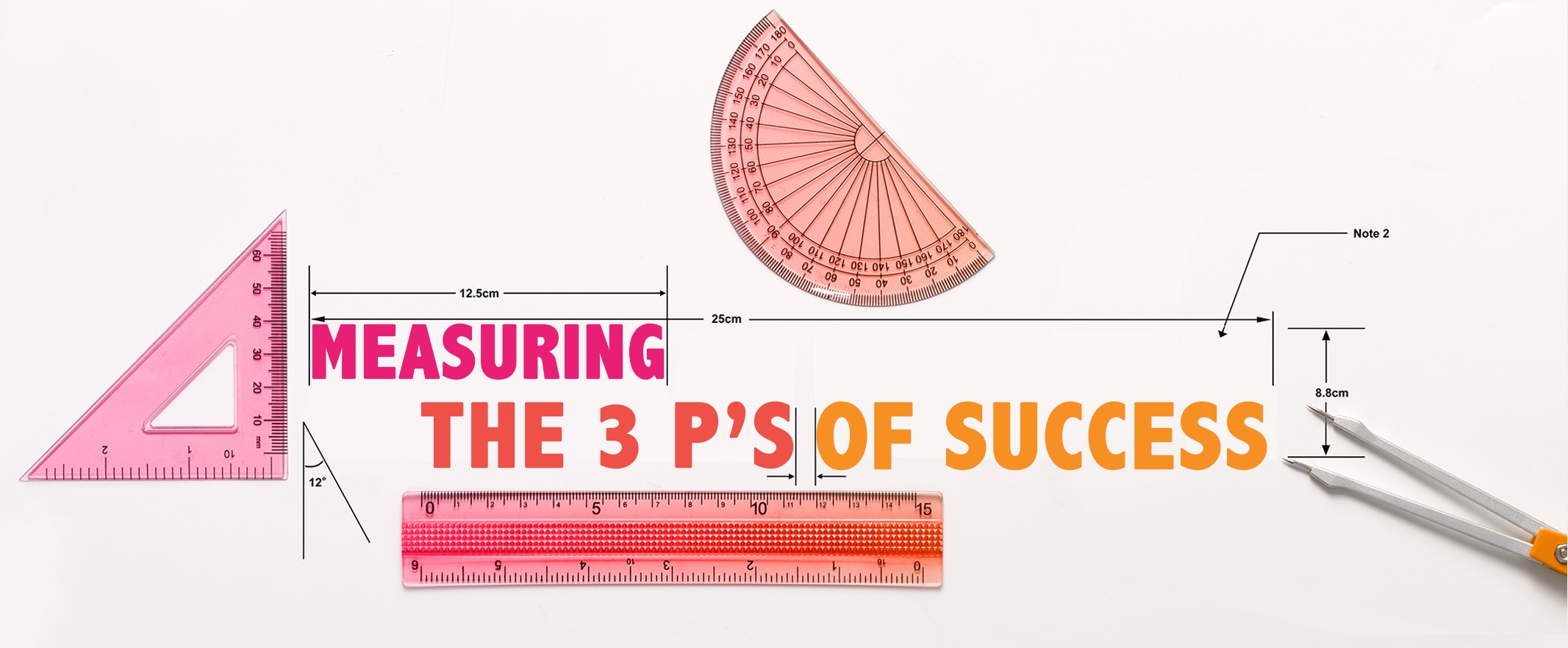The deployment of employee reward and recognition programs has been rising rapidly. Two decades ago the number of businesses using such initiatives was only 26%. Today that number stands at 84%.
Within that widespread utilization, 77% of all programs are designed to reward high-quality work (vs. just years of service); more than half are also set up to encourage specific behaviors.
That’s a terrific evolution. But as I pointed out in my last blog post, HR still needs to do more to advance the impact of recognition investments. Fifty two percent of all executives believe that their current efforts need to yield better results.
So where should you start? Where should program planners responsible for their outcomes focus on first?
Becoming “better” in any business endeavor can be accomplished by gaining senior level support, enhancing execution, increasing awareness, and improving insight.
For now, let’s focus on that last point and talk about how the knowledge you capture through your system’s reporting process can help make your program “better” across the key metrics of participation, progression and profits.
1/Participation
The fundamental flaw of underperforming programs is a lack of participation. Your reports will tell you if your people (employees and managers alike) are using the system, under what circumstances and at what levels.
Here you may want to compare your current numbers against a benchmark established from a previous program. Or perhaps you’ll ask us about industry/category averages.
Going into that analysis, it’s important to remember this: programs get more traction when the communications surrounding them are clear, consistent and compelling. Mostly though, program participation grows organically when managers (as well as coworkers) have the tools they need to not only receive recognition, but to give it as well.
If you want to make the type of ongoing progress your executive team expects, you will need to identify and track what is (or isn’t) working within your employee recognition program so you can take the appropriate action.
2/Progress
Social recognition by definition drives participation; and participation across the organization pays dividends. As people give and receive recognition they become more connected, more committed and more creative. They are more likely to support one another and produce at higher levels. In other words, they propel the type of accumulating, tangible progress executives are looking for.
Defining progress in the context of business performance is what makes the program relevant to senior staff. What the data is telling you about recognition activity is your starting point. You’ll want to know where it’s occurring, what segments (if any) are underperforming and how activity is impacting the operating results.
With Maestro that type of examination can be as granular as you need it to be. Our clients leverage its configurability. That ability to not only define but to also examine and reevaluate the program’s direction(s) helps companies achieve a level of program progress others can only dream about.
3/ Profits
“Progress” yields the type of financial returns the C-suite is looking for. Just a 10% improvement in your employees' connection to the company’s mission and purpose (achieved and reinforced through recognition) can yield a 4.4% increase in profitability.
The data your system captures can help you plot a course that yields those types of profits. But smart companies go even further. They can compare the program’s activities across organizational operating metrics, and are constantly repositioning objectives to maximize output. According to World at Work, companies who run those types of “results-driven programs” increase employee motivation, satisfaction and engagement by at least 30% compared to those who don’t.



